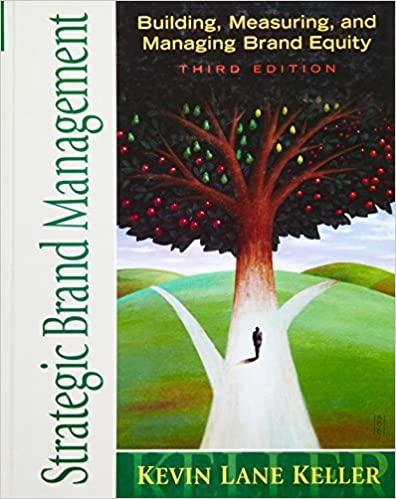Question
Reading the Case Study below : Question: What kinds of tasks are challenging forAlimplementation ? There are several challenges faced by organisations in the implementation
Reading the Case Study below :
Question: What kinds of tasks are challenging forAlimplementation ?
There are several challenges faced by organisations in the implementation of Al bots. The three key challenges are:
Task Partitioning. Al bots can take care of a wide range of business processes. However, it is crucial to recognise which parts of the processes can be automated and which of these require human intervention. Modular, repetitive, and independent tasks can be easy to automate. However, it would not be so straightforward for tasks that have complex interdependence between Al bots and humans. The interdependent tasks often followta sequential or circular workflow whereby the output of one task serves as the input for the other. Beyond this, tasks where 'fairness' and 'ethics' are crucial (e.g. CV sorting, detecting fraudulent data entries), may always need Humans-in-the Loop, in which humans oversee Al bots.
Organisation Design. Each process has a different goal and output metrics. Performance metrics and appraisals are routine, and humans are driven by incentives (both monetary and non-monetary). It is challenging to create something similar for an Al bot. Cost, accuracy, additional work hours, and process variability are easier to handle; however, new metrics need to be established to track their effectiveness - for instance, omission and commission errors, and process variability over time. Putting all these together, essentially, any large implementation of Al bots requires an overhaul of a typical organisation structure so that Al bots may integrate seamlessly into the human teams. It may be tricky to do so in organisations where a substantial number of tasks are complicated with many interdependencies.
Managing Humans Post Al. As Al bots automate repetitive tasks, some employees may lose their jobs while other employees may find that part of their job is now being done by the Al bots. Therefore, organisations need to find appropriate training programs to re-train their remaining workforce and utilise the freed up time for higher valued tasks. At the same time, new tasks will arise pertaining to the operation and management of Al bots, such as maintenance, training, etc.However, not many people may be able and/or willing to perform those tasks, which may pose issues for existing workforces' retention and training. For example, an employee whose role is to enter data into logbooks might not be qualified or able to take up new job tasks related to the maintenance of the Al bots. It is, therefore, essential to communicate the complete plan transparently, keeping the workforces' future at the core. This will allow for adequate time for affected teams to find opportunities in the new environment or move to another organization.
It may be tricky for many organisations to utilise Al for tasks that are complicated, have many interdependencies, or involve ethics and fairness. Many organisations currently lack the defined task partitioning, internal structure design, and qualified new roles to take care of Al bots.'
Step by Step Solution
There are 3 Steps involved in it
Step: 1

Get Instant Access to Expert-Tailored Solutions
See step-by-step solutions with expert insights and AI powered tools for academic success
Step: 2

Step: 3

Ace Your Homework with AI
Get the answers you need in no time with our AI-driven, step-by-step assistance
Get Started


